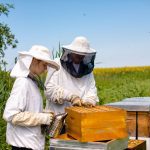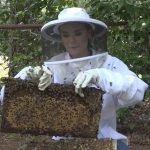Varroa Mite Control Strategies for Successful Beekeeping
In the intricate dance of nature, not a lot of pests pose as significant a threat to populations of honeybees as the much-dreaded Varroa mites or Varroa destructor. This is why every beekeeper should learn the process of effective Varroa mite control to keep these pesky pests in check at all times.
Varroa mites are minuscule parasites that originated from Asia. Sadly, they have already spread across the world, infesting millions of colonies and contributing to the decline of bee populations around the globe.
As a result, beekeepers are left to deal with the daunting challenge of proper management of Varroa mites. After all, their presence can weaken bee colonies, and transmit dreaded viruses, which can ultimately lead to complete colony collapse.
This article aims to explore and look into the biology of Varroa mites, the different kinds of damage they can inflict, and the various strategies that can be used to control their population and safeguard the health and well-being of bee colonies.
Understanding the Pesky Varroa Mites
Varroa mites are a type of ectoparasites that mainly target honeybees, particularly the Apis mellifera or the Western honeybee. These arachnids are reddish-brown and are barely visible to the naked eye.
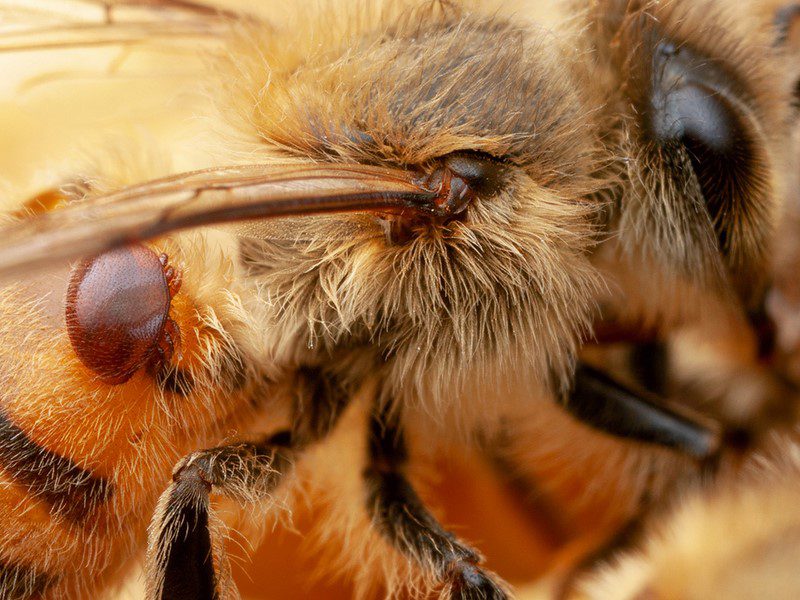
The pests tend to attach themselves to the adult bees as well as their developing brood. They then feed on their hemolymph or blood and transmit destructive viruses such as deformed wing virus or DWV and acute bee paralysis virus or ABPV.
The reproductive cycle of these Varroa mites has a complex connection with that of honeybees, and this is what makes their elimination a rather challenging task.
Damage Caused by Varroa Mites
The damaging impact of Varroa mites on honeybee colonies is regrettably multifaceted and severe. For starters, their feeding can make adult bees weak, cutting down their lifespan and compromising their ability to forage for food and look after the brood.
One more thing to note is that Varroa mites seem to have this inclination to feed on developing brood cells. These are where these pests reproduce which can then cause deformities or worse, even death to the emerging bees.
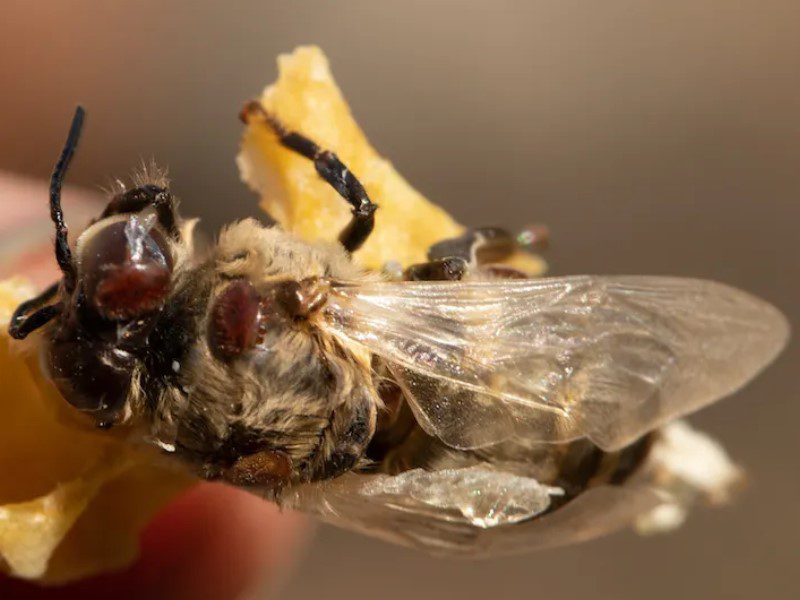
Last but not least, the Varroa mites are also known to transmit viruses that can further incapacitate the bees, worsening the stress that the colony is already dealing with.
If left unchecked, Varroa mite infestations can soon result in weakened colonies, increased susceptibility to other diseases, and in the end, collapse of the entire colony.
Strategies for Varroa Mite Control
Beekeepers today use different Varroa mite control strategies to manage the infestations of these irritating pests. The main goal of these strategies is to minimize their harsh effect on honeybee colonies while still maintaining the overall health and productivity of the hive. These strategies are broadly categorized into mechanical, cultural, chemical, and biological methods.
Biological Control
Biological control strategies harness the power of the natural enemies or weaknesses of Varroa mites to restrain their populations. One particularly promising approach is the use of predatory mites such as Hypoaspis miles or Stratiolaelaps scimitus, both of which prey on the Varroa mites without causing any harm to the honeybees.
Another biological control approach involves breeding honeybee stocks with traits that develop resistance or tolerance to Varroa mites. These include grooming behavior or hygienic traits that make it possible for the bees to pinpoint and eliminate the infested brood.
Chemical Control
Chemical control methods are those that involve the use of synthetic or naturally occurring compounds to help manage the populations of Varroa mites.
Some of the most common chemical treatments include acaricides, which target the mites directly, as well as organic acids such as formic acid or oxalic acid, which are applied as a form of treatment to hives to eradicate the mites.
But for the sake of a safe control strategy, it is imperative to remember that overreliance on chemical treatments may soon result in mite resistance and even unwanted chemical residues in the hive products. This emphasizes the need for cautious use and rotation of the chemical agents applied during the treatment.
Cultural Control
Cultural practices for Varroa mite control aim to create hive conditions unfavorable for the spread and reproduction of these pests while still promoting and supporting the health and resilience of the honeybee colonies.
These cultural control practices include offering the bees the much-needed ample nutrition in the form of varied forage sources, making sure there is adequate ventilation in the hive, and minimizing all the stress factors such as overcrowding or queen failure.
Maintaining strong and populous colonies is crucial since healthy bees have higher chances of surviving horrible Varroa mite infestations.
Mechanical Control
When you speak of mechanical methods, these involve the physical removal of the dreaded Varroa mites from the bee colonies or upsetting their reproductive cycle.
A very common approach here is the use of screened bottom boards. With the use of these boards, the mites will easily fall through the screen and then out of the hive, thus reducing their population as a result.
Aside from this, drone brood trapping involves the selective removal of drone brood frames, which the Varroa mites need to reproduce. Once these are removed, it also reduces the number of mites present within the colony.
Wrapping It Up
At the end of the day, there is no denying that proper and effective Varroa mite control continues to be a critical challenge for beekeepers all over the world. This is no surprise given the devastating effects of these parasites on the honeybee colonies.
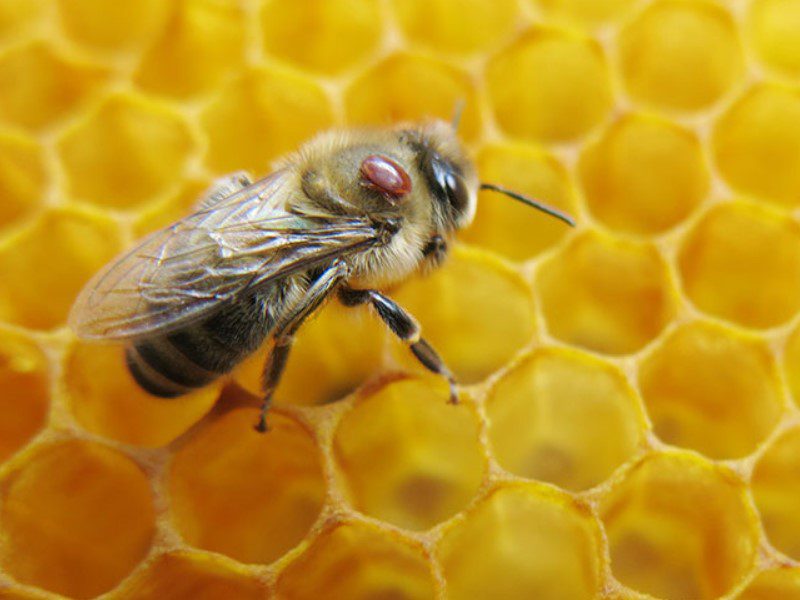
Effective management requires a multifaceted approach that will include mechanical, cultural, chemical, and biological strategies tailored to the specific needs and conditions of each apiary.
With the implementation of proactive measures that aim to put Varroa mites under control, today’s beekeepers can have peace of mind knowing that they can safeguard the health and productivity of their hives. All of these can then contribute to the conservation of the honeybee populations as well as the vital roles they play in the planet’s ecosystem.

